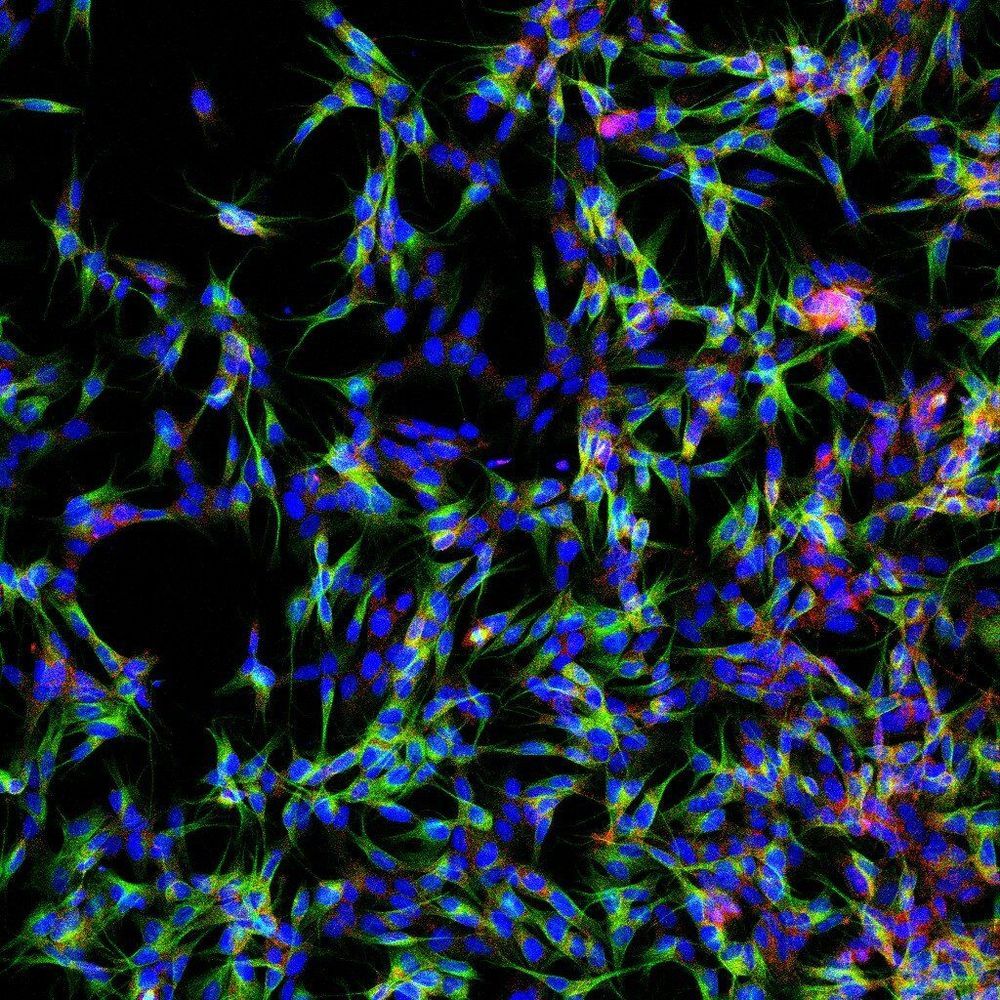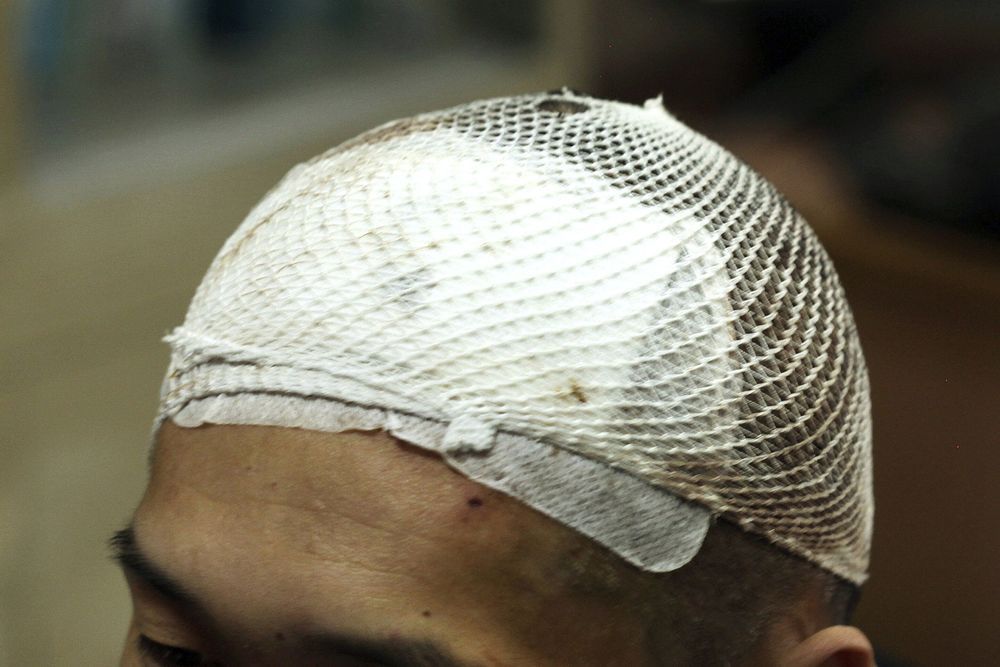Archive for the ‘neuroscience’ category: Page 745
May 9, 2019
We Were Really Overdue For Laser Jackets
Posted by Quinn Sena in categories: computing, media & arts, neuroscience, surveillance
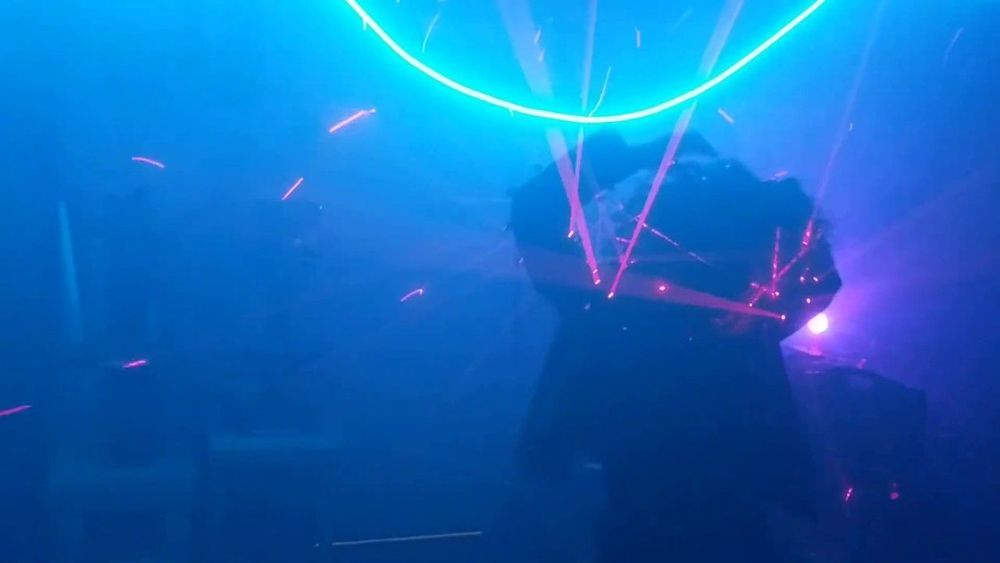
Depending on who you talk to, everything is either fine, or we’re living in an oppressive cyberpunk dystopia in which we forgot to drench everything in colored neon lighting. There’s little to be done about the digital surveillance panopticon that stalks our every move, but as far as the aesthetic goes, [abetusk] is bringing the goods. The latest is a laser jacket, to give you that 2087 look in 2019.
The build starts with a leather jacket, which is festooned with 128 individual red laser diodes. These are ganged up in groups of 4, and controlled with 32 individual PWM channels using two PCA9685 controllers. An Arduino Nano acts as the brains of the operation, receiving input from a joystick and a microphone. This allows the user to control lighting effects and set the jacket to respond to sounds and music.
Continue reading “We Were Really Overdue For Laser Jackets” »
May 9, 2019
Plants can see, hear and smell – and respond
Posted by Quinn Sena in category: neuroscience
Plants perceive the world without eyes, ears or brains. Understanding how can teach us a lot about them, and potentially a lot about us as well.
May 9, 2019
BioViva — First Gene Therapy To Treat Biological Aging — Patient Zero — Liz Parrish
Posted by Edward Futurem in categories: biotech/medical, life extension, neuroscience
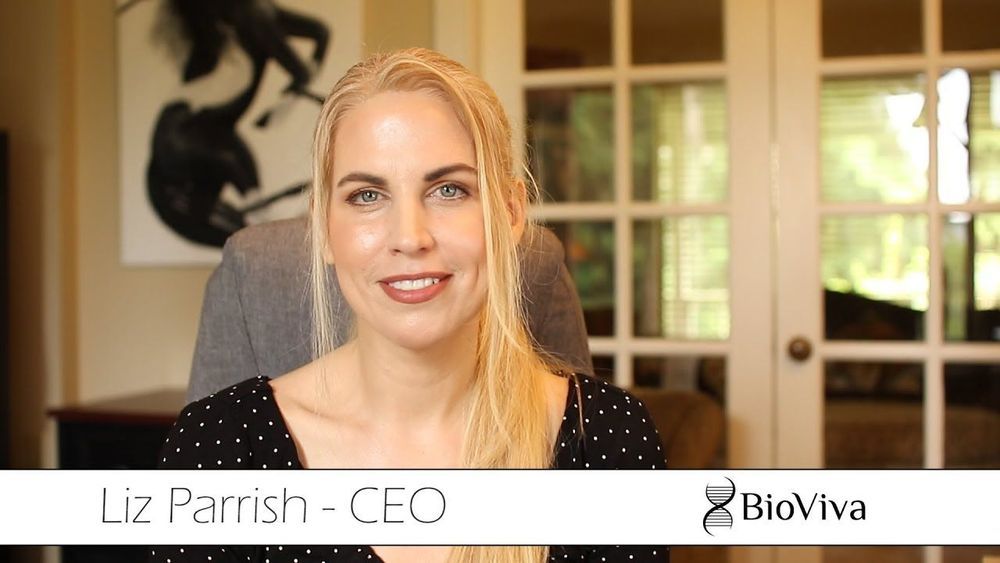
Longevity technology number one, according to the Longevity Impact Forum rating, proven by Patient zero.
Liz Parrish, CEO of BioViva USAa short clip from her gene therapy that she took in 2015 against biological aging. This is the first step to curing diseases like Alzheimer’s disease, heart disease, kidney failure and cancer. If we work toward this goal quickly we could save almost 8 billion people from inhumane and expensive deaths.
https://www.BioViva-Science.com
https://www.Integrated-Health-Systems.com
May 9, 2019
In The Future You May Use Computer-Assisted Telepathy To Communicate
Posted by Shane Hinshaw in categories: computing, neuroscience
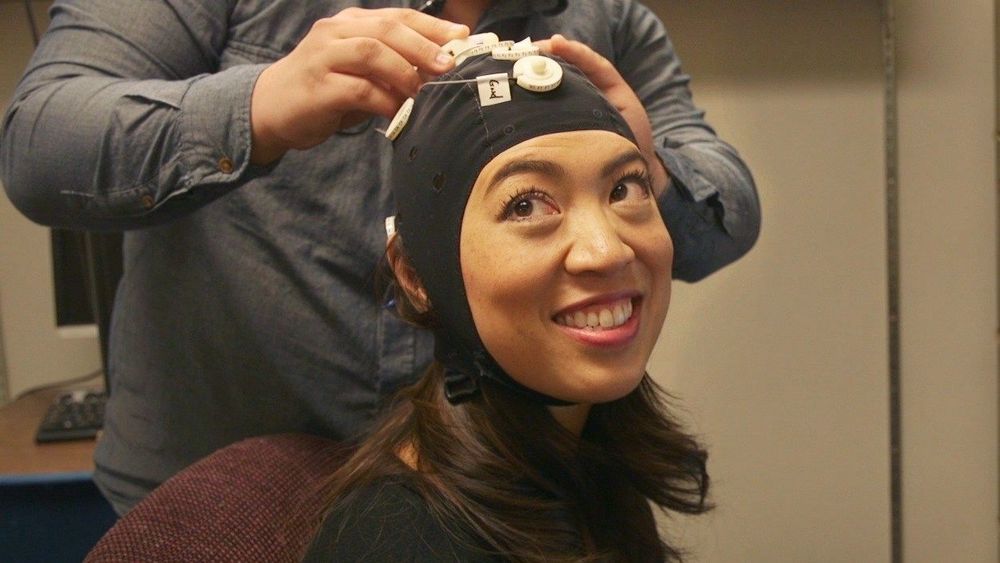
Telepathy is no longer the stuff of science fiction, so long as you have a brain-computer interface.
In the first episode of NPR’s Future You with Elise Hu, see how brains directly interact with each other — bypassing the need for language.
May 8, 2019
Quercetin conjugated with superparamagnetic iron oxide nanoparticles improves learning and memory better than free quercetin via interacting with proteins involved in LTP
Posted by Quinn Sena in categories: biotech/medical, nanotechnology, neuroscience
Biomedical application of quercetin (QT) as an effective flavonoid has limitations due to its low bioavailability. Superparamagnetic iron oxide nanoparticle (SPION) is a novel drug delivery system that enhances the bioavailability of quercetin. The effect of short time usage of quercetin on learning and memory function and its signaling pathways in the healthy rat is not well understood. The aim of this study was to investigate the effect of free quercetin and in conjugation with SPION on learning and memory in healthy rats and to find quercetin target proteins involved in learning and memory using Morris water maze (MWM) and computational methods respectively. Results of MWM show an improvement in learning and memory of rats treated with either quercetin or QT-SPION. Better learning and memory functions using QT-SPION reveal increased bioavailability of quercetin. Comparative molecular docking studies show the better binding affinity of quercetin to RSK2, MSK1, CytC, Cdc42, Apaf1, FADD, CRK proteins. Quercetin in comparison to specific inhibitors of each protein also demonstrates a better QT binding affinity. This suggests that quercetin binds to proteins leading to prevent neural cell apoptosis and improves learning and memory. Therefore, SPIONs could increase the bioavailability of quercetin and by this way improve learning and memory.
May 8, 2019
New approach to drug discovery could lead to personalized treatment of neuropsychiatric disorders
Posted by Quinn Sena in categories: biotech/medical, health, neuroscience
Researchers have developed a method that could drastically accelerate the search for new drugs to treat mental health disorders such as schizophrenia.
Mental health disorders are the leading cause of disability worldwide, accounting for 31% of total years lived with disability. While our understanding of the biology behind these disorders has increased, no new neuropsychiatric drugs with improved treatment effects have been developed in the last few decades, and most existing treatments were found through luck.
This is mainly because doctors can’t take brain tissue samples from patients in the same way that they are able to do a biopsy on a cancer tumour elsewhere in the body for example, so it’s difficult for researchers to understand exactly what to target when designing new neuropsychiatric drugs.
May 8, 2019
Broccoli sprout compound may restore brain chemistry imbalance linked to schizophrenia
Posted by Quinn Sena in categories: biotech/medical, chemistry, neuroscience
In a series of recently published studies using animals and people, Johns Hopkins Medicine researchers say they have further characterized a set of chemical imbalances in the brains of people with schizophrenia related to the chemical glutamate. And they figured out how to tweak the level using a compound derived from broccoli sprouts.
They say the results advance the hope that supplementing with broccoli sprout extract, which contains high levels of the chemical sulforaphane, may someday provide a way to lower the doses of traditional antipsychotic medicines needed to manage schizophrenia symptoms, thus reducing unwanted side effects of the medicines.
“It’s possible that future studies could show sulforaphane to be a safe supplement to give people at risk of developing schizophrenia as a way to prevent, delay or blunt the onset of symptoms,” adds Akira Sawa, M.D., Ph.D., professor of psychiatry and behavioral sciences at the Johns Hopkins University School of Medicine and director of the Johns Hopkins Schizophrenia Center.
May 8, 2019
Bad News, NASA: Astronauts’ Brains Are Filling With Liquid
Posted by Quinn Sena in category: neuroscience
May 8, 2019
Doctors eye deep brain stimulation to treat opioid addiction
Posted by Quinn Sena in categories: biotech/medical, neuroscience
Patient Number One is a thin man, with a scabby face and bouncy knees. His head, shaved in preparation for surgery, is wrapped in a clean, white cloth.
Years of drug use cost him his wife, his money and his self-respect, before landing him in this drab yellow room at a Shanghai hospital, facing the surgeon who in 72 hours will drill two small holes in his skull and feed electrodes deep into his brain.
The hope is that technology will extinguish his addiction, quite literally, with the flip of a switch.
Continue reading “Doctors eye deep brain stimulation to treat opioid addiction” »



